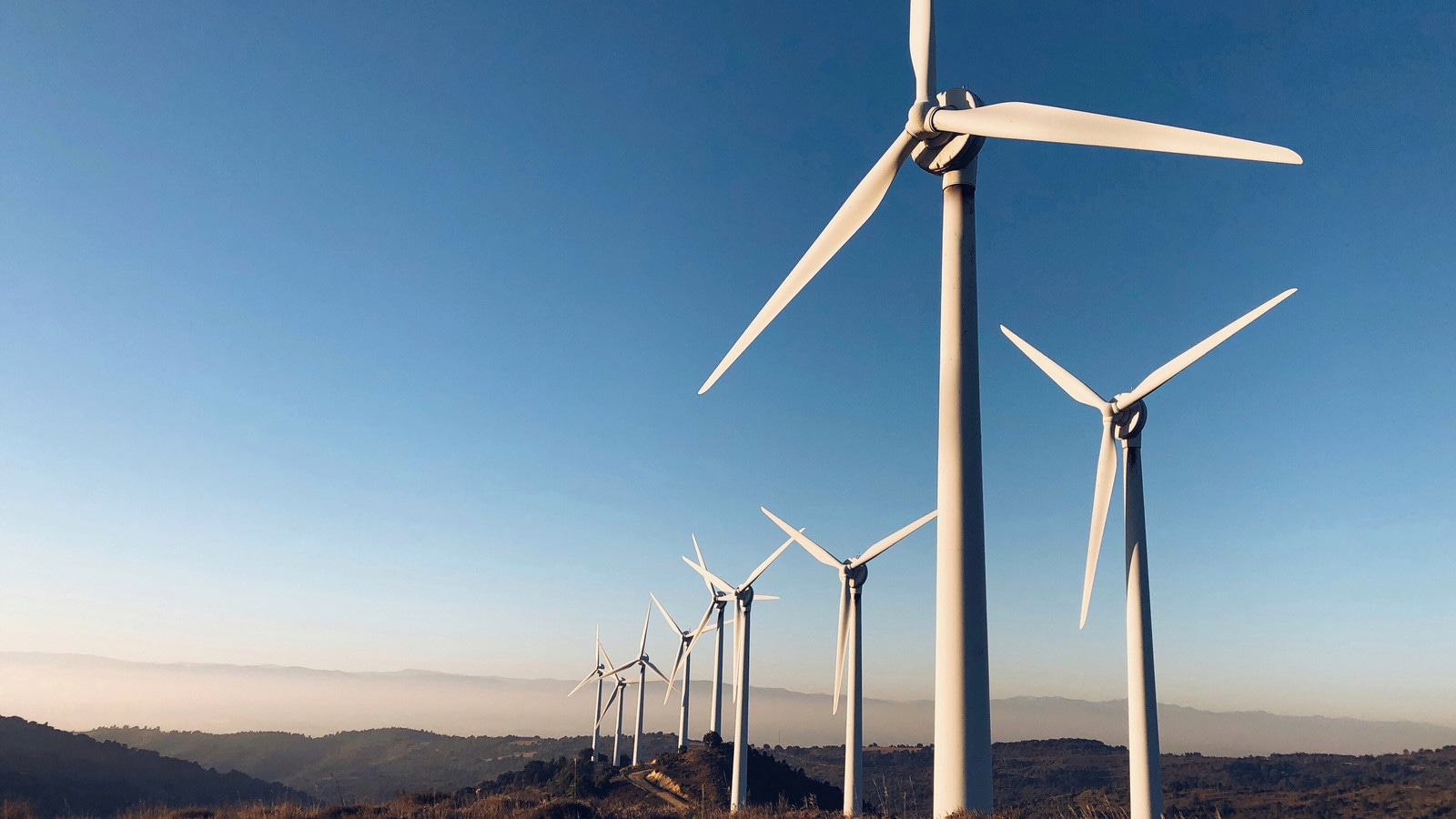At the COP28 UN Climate Change Conference in Dubai in December 2023, 198 countries pledged to expedite the current energy transition and reduce their reliance on fossil fuels to achieve net-zero emissions by 2050. Although Taiwan was not a signatory to the pledge, it too faces pressure to accelerate its energy transition given its high electricity grid emission factors.
In 2023, Taiwan's electricity capacity rose by 2GW to a total of 64GW on the back of increases in solar power (2.7GW) and wind power (1.1GW), which offset drops in nuclear power (1GW) and traditional thermal power (0.7GW). Total electricity generation was down 2% in the year to 282.1TWh, with traditional thermal power accounting for 83%, renewable energy (RE) 9.5% and nuclear power 6.3%. Solar power generation grew by 21% yoy (2.2TWh) to 12.9TWh in 2023, representing 48% of total RE generation, while wind power generation jumped 73% yoy (2.6TWh ) to 6.2 TWh, or 23% of total RE generation.
Now in the fourth year since Taiwan liberalised its energy market in 2020, the volume of RE trading amounted to 1.7TWh in 2023, representing 6% of total RE generation. Solar power direct supply and wheeling volume increased by 200% yoy to 0.6TWh, indicating strong RE demand from local companies, especially in the high-tech, telecom, finance, and retail sectors.
To meet this growing RE demand and further stimulate the local Corporate Power Purchase Agreement (CPPA) market, in December 2023, Taiwan’s Ministry of Economic Affairs relaxed its regulations on the RE wheeling of self-generated solar power through RE retailers. Once supply constraints are eased, the key challenge in relation to RE trading is expected to shift from concerns on power availability and price mismatching to how to better manage generation costs and wheeling efficiency.
Companies are encouraged to use PwC’s RE Procurement Dashboard to help establish their RE procurement plans, review the time-of-use public utility plan adopted. and estimate their total energy costs.

2023 Taiwan CPPA market report
Contact us









